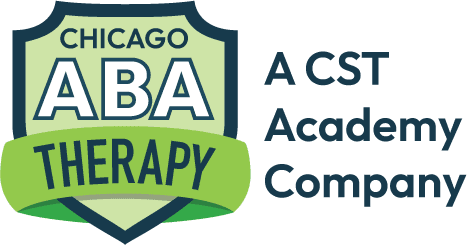The Early Start Denver Model (ESDM) is making waves in the world of autism therapy. But what exactly is it, and why is it garnering so much attention in Chicago and beyond? This comprehensive guide will break down the key aspects of ESDM, explore how it differs from other ABA therapies, and highlight its potential benefits for your child’s development.
What is the Early Start Denver Model (ESDM)?
The Early Start Denver Model (ESDM) is a comprehensive, play-based therapy program designed for young children (typically between 12 and 48 months old) with autism spectrum disorder (ASD). Developed by Drs. Sally Rogers and Geraldine Dawson, ESDM is a unique blend of developmental psychology and applied behavior analysis (ABA) principles.
Key Principles of ESDM:
- Relationship-Focused: ESDM places a strong emphasis on building positive, warm relationships between the child, their parents, and therapists. These relationships create a foundation for learning and development.
- Play-Based Learning: ESDM utilizes play as a primary teaching tool. Therapists engage children in natural, enjoyable activities while seamlessly incorporating learning opportunities.
- Individualized Approach: ESDM recognizes that each child is unique. Therapists tailor treatment plans to address the specific needs and strengths of each child.
- Comprehensive Development: ESDM targets all areas of development, including social-emotional skills, communication, cognition, and adaptive behavior.
How ESDM Differs from Other ABA Models:
While ESDM is grounded in ABA principles, it stands out from other models in several key ways:
-
Naturalistic Setting: Unlike traditional ABA, which often occurs in structured clinical settings, ESDM is implemented in more natural environments, such as the home or daycare. This approach promotes generalization of skills to real-life situations.
-
Emphasis on Relationship: ESDM places a greater emphasis on building strong relationships between the child and their caregivers than some other ABA models. This focus on relationship-building helps foster emotional connection and trust, essential for learning and growth.
-
Play-Based Learning: While other ABA models may incorporate play, ESDM prioritizes it as a primary teaching method. Play-based learning creates a fun and engaging environment where children are motivated to learn and explore.
-
Developmental Approach: ESDM is rooted in a deep understanding of typical child development. Therapists use this knowledge to identify areas where a child may be lagging and create targeted interventions that promote optimal development.
Potential Benefits of ESDM:
Research has shown promising results for ESDM, including:
- Improved social communication skills: Children participating in ESDM often show increased initiation of social interactions, better eye contact, and improved joint attention.
- Enhanced cognitive abilities: ESDM has been linked to gains in cognitive skills such as imitation, problem-solving, and symbolic play.
- Positive impact on adaptive behavior: Children may demonstrate improvements in self-help skills, daily living activities, and overall independence.
Is ESDM Right for Your Child?
If your child has been diagnosed with ASD and is between the ages of 12 and 48 months, ESDM may be a valuable intervention to consider. If you’re in the Chicago area, consult with a qualified ESDM therapist to discuss your child’s individual needs and determine if this model aligns with your family’s goals.
Chicago ABA Therapy: Your Partner in ESDM
At Chicago ABA Therapy, we are passionate about helping children with ASD reach their full potential. Our team of experienced ESDM therapists is dedicated to providing personalized, high-quality care in a nurturing and supportive environment. Contact us today to learn more about ESDM and how it can benefit your child.










